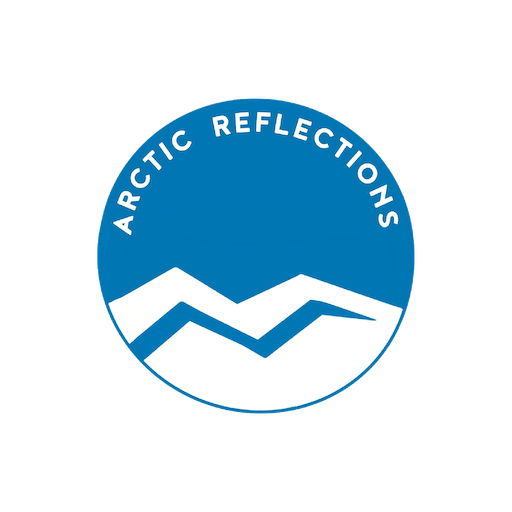Arctic Climate Trends
In 2023, The National Oceanic and Atmospheric Administration (NOAA), a United States government agency continued to monitor the Arctic region and unveiled significant findings that underscore the ongoing impact of climate change. The analysis of temperature trends, sea ice extent, ocean conditions, and permafrost dynamics reveals concerning patterns and potential repercussions for the fragile Arctic ecosystem and the global climate system. The complete NOAA Arctic Report Card 2023 can be found here. Below follows a summary with some of the most relevant headlines regarding the Arctic ocean (leaving out the land based developments).
Surface Air Temperatures:
The Arctic experienced its sixth warmest average surface air temperatures since 1900, marking a consistent upward trend in the region’s warming. Alarmingly, summer surface air temperatures soared to unprecedented levels, setting a new record. High-pressure systems during the summer months not only intensified the warmth but also triggered widespread melting events and exceptional rainfall across the Greenland Ice Sheet, accelerating ice loss and contributing to rising sea levels.
Sea Ice Decline:
The decline in Arctic sea ice continued its distressing trajectory, with the last 17 September extents (2007-23) registering as the lowest on record. This persistent trend, spanning over a decade and a half, signifies the ongoing vulnerability of the Arctic sea ice cover. Additionally, the 2023 sea ice extent ranked as the sixth lowest in the satellite record since 1979, highlighting the sustained diminishment of sea ice across the region.
Ocean Conditions:
Arctic Ocean regions witnessed a consistent increase in sea surface temperatures, particularly evident during August. The warming trend observed from 1982 to 2023 persisted across nearly all ice-free Arctic Ocean areas, with an approximate rise of ~0.5°C (0.9°F) per decade between latitudes 65° N and 80° N.
Permafrost Concerns:
One of the most pressing concerns highlighted by recent findings involves the subsea permafrost surrounding the Arctic Ocean. Since the Last Glacial Maximum, rising sea levels have submerged terrestrial permafrost, leaving nearly 1 million square miles (~2.5 million square km) of subsea permafrost at risk of thawing. This thawing process poses a significant risk as it may release substantial amounts of greenhouse gases—primarily carbon dioxide and methane—into the atmosphere, exacerbating global warming. Addressing the current state and extent of subsea permafrost, as well as estimating the potential greenhouse gas release, necessitates urgent international collaboration and research efforts.
Summary:
The 2023 findings serve as a stark reminder of the Arctic’s vulnerability to climate change and its far-reaching consequences. The accelerated warming, declining sea ice, changing ocean dynamics, and the precarious state of subsea permafrost collectively underscore the urgency of concerted global action to mitigate further environmental degradation. International cooperation and scientific endeavors are imperative to comprehend the complex interactions within the Arctic system and develop strategies to combat the escalating climate crisis, safeguarding this critical region and the planet as a whole.

